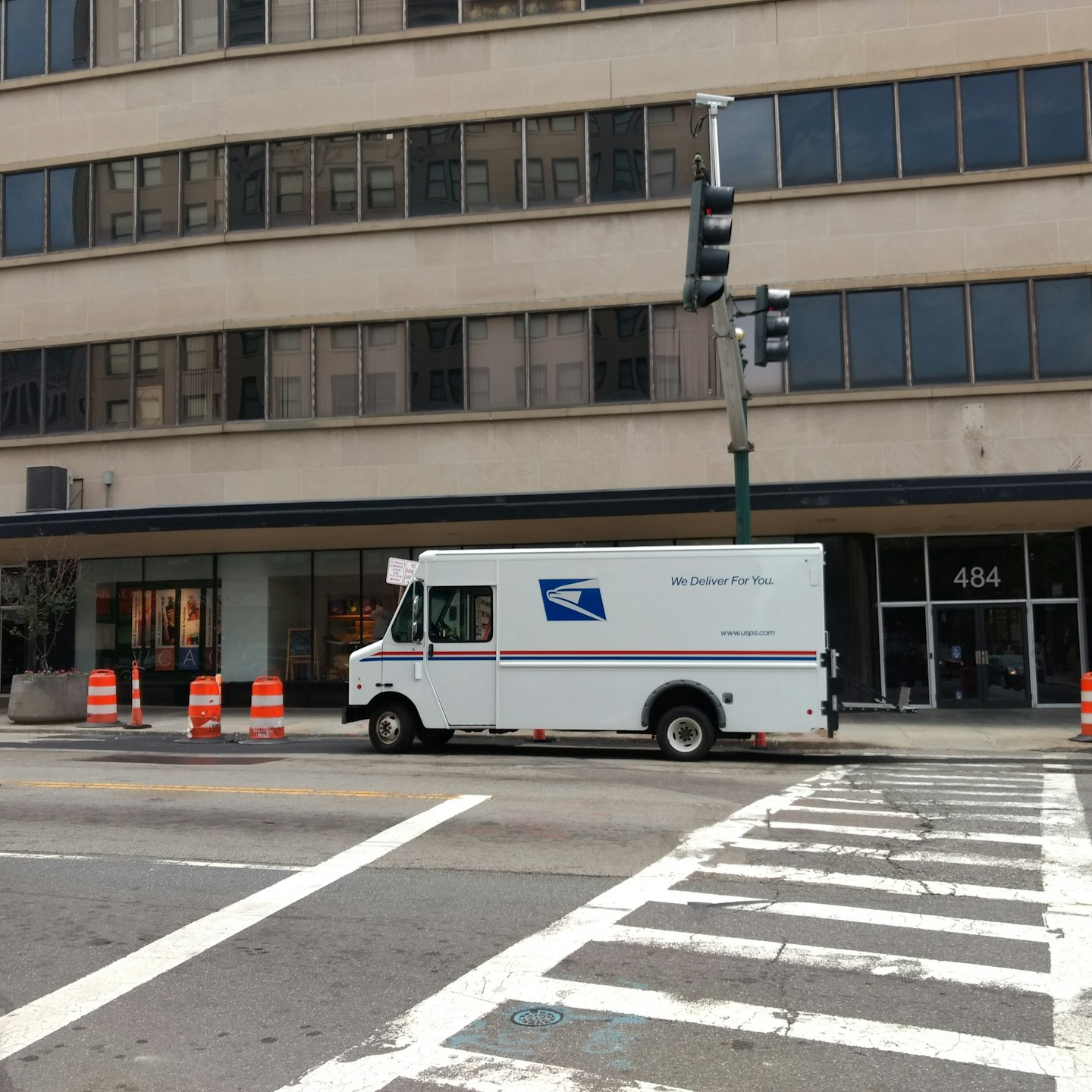Key Takeaways
-
The coordination between Medicare and PSHB varies based on whether you retired before or after January 1, 2025. Knowing which rules apply to you is critical for maintaining full benefits.
-
Some retirees are required to enroll in Medicare Part B to keep their PSHB coverage, while others are exempt. Understanding your status helps you avoid unexpected loss of drug or medical benefits.
Understanding the Link Between Medicare and PSHB
The Postal Service Health Benefits (PSHB) Program took effect in 2025, replacing the previous FEHB system for USPS employees and annuitants. If you’re a Postal Service retiree or planning to retire soon, Medicare is now a key part of how your health benefits work.
What you might not realize is that how and when you retired affects how Medicare coordinates with your PSHB benefits. This article breaks down those differences to help you avoid penalties, coverage loss, or higher costs.
Why Your Retirement Date Affects Your Medicare Requirements
A central change in 2025 is that certain Medicare-eligible Postal Service annuitants and their covered family members are required to enroll in Medicare Part B in order to maintain full PSHB coverage. However, not all retirees fall under this requirement.
Your retirement status as of January 1, 2025, determines whether you’re subject to the mandatory Medicare Part B enrollment rule.
You Retired Before January 1, 2025
If you were already retired as of the start of 2025, then:
-
You are exempt from the Medicare Part B requirement.
-
You can continue PSHB coverage without being enrolled in Part B.
-
You may still choose to enroll in Medicare for extra coverage or lower out-of-pocket costs, but it’s optional.
You Retired On or After January 1, 2025
If you retire any time in 2025 or beyond:
-
You are required to enroll in Medicare Part B once you become eligible (typically at age 65).
-
Failing to enroll could lead to loss of your PSHB medical coverage or prescription drug benefits.
-
Exceptions apply in limited situations, but you must qualify under specific categories.
Who Else Must Enroll in Medicare Part B?
In addition to those who retire on or after January 1, 2025, the following individuals must also enroll in Medicare Part B:
-
Family members of Medicare-eligible annuitants (unless exempt)
-
Annuitants or family members turning 65 after 2025
-
Anyone newly gaining Medicare eligibility in 2025 or beyond due to disability
If you or your family member become Medicare-eligible in the future, the PSHB plan will expect Medicare Part B enrollment to continue coverage.
Are There Any Exemptions?
Yes, exemptions apply to certain categories of enrollees. If you meet any of these conditions, you are not required to enroll in Medicare Part B to retain PSHB coverage:
-
You retired on or before January 1, 2025
-
You were an active USPS employee aged 64 or older as of January 1, 2025
-
You live permanently outside the United States
-
You qualify for care through the Department of Veterans Affairs (VA) or Indian Health Service (IHS)
Exempt individuals can still enroll in Part B voluntarily, but their PSHB benefits don’t depend on it.
What Happens If You Skip Medicare Part B When Required?
If you are required to enroll in Part B but fail to do so:
-
You may lose PSHB medical and drug coverage for Medicare-covered services.
-
You could face higher out-of-pocket costs or limited access to care.
-
You may have to wait until the next Medicare General Enrollment Period (January 1 to March 31) and face late enrollment penalties.
This loss of benefits applies not only to the annuitant but also to any Medicare-eligible family members on your plan who skip Part B.
How Medicare and PSHB Work Together
When both are in place, Medicare and PSHB can offer more complete coverage than either would alone. Here’s how they typically coordinate:
-
Medicare is the primary payer for Medicare-covered services.
-
PSHB becomes secondary, covering coinsurance, deductibles, and services not covered by Medicare.
-
If you’re enrolled in Medicare Part A and B, your PSHB plan may waive deductibles and offer lower copayments.
Your prescription drug benefits are also managed through a special Medicare Part D plan embedded within your PSHB plan (known as an Employer Group Waiver Plan, or EGWP).
Medicare Enrollment Timing Matters
If you’re turning 65 or becoming Medicare-eligible for another reason in 2025 or beyond, timing your enrollment is essential.
Your Initial Enrollment Period (IEP)
You have a 7-month window to enroll in Medicare:
-
3 months before your 65th birthday
-
The month of your birthday
-
3 months after
Missing this window can lead to:
-
Delayed coverage
-
Late enrollment penalties
-
Loss of PSHB drug or medical benefits (if enrollment is mandatory for you)
Special Enrollment Period (SEP)
In 2024, a one-time SEP was provided for certain PSHB annuitants and family members who had previously declined Part B. That SEP ended September 30, 2024.
Currently, any future late enrollment will require waiting for the General Enrollment Period each year (January 1 to March 31), with Medicare coverage starting in July.
How Prescription Drug Coverage Works with Medicare
If you are enrolled in Medicare Part A and B and remain in a PSHB plan:
-
You will be automatically enrolled in Medicare Part D through your PSHB plan.
-
This is a special group plan (EGWP), not an individual Part D plan.
-
Coverage includes enhanced benefits like a $2,000 out-of-pocket cap and $35 insulin limit under 2025 rules.
If you opt out of this integrated Part D coverage:
-
You lose prescription drug benefits under PSHB.
-
Re-enrollment is limited to qualifying life events or future open seasons.
Coordination of Benefits and Cost Savings
When Medicare and PSHB are working in tandem:
-
Your total out-of-pocket costs for medical services are often lower.
-
Many plans waive deductibles and reduce coinsurance.
-
Preventive services covered by Medicare may have no additional cost.
However, if you’re not enrolled in Medicare when required, PSHB alone may not offer the same level of protection or access.
What to Expect During Open Season
Each year, from November to December, you have the chance to:
-
Review PSHB plan options
-
Switch plans if desired
-
Confirm your Medicare enrollment coordination
-
Update dependent information
If you’re Medicare-eligible, check your plan’s integration benefits, cost-sharing changes, and drug coverage specifics.
Staying Informed on Rule Changes
PSHB rules are subject to updates. The Office of Personnel Management (OPM) sends notices when regulations or plan features change. Be sure to:
-
Review your Annual Notice of Change (ANOC)
-
Visit the OPM or PSHB plan website for updates
-
Contact a licensed agent listed on this website for guidance
If you’re approaching retirement, make sure your exit date and Medicare timeline line up with current PSHB rules.
Avoid Surprises by Knowing Your Retirement Category
Whether you retired before or after 2025 shapes how PSHB and Medicare apply to you. Take time to confirm:
-
Your retirement date
-
Your and your dependents’ Medicare eligibility
-
Whether you qualify for any exemptions
If you’re still working but close to retirement, understand that your status could shift the moment you stop active service.
Don’t Assume the Rules Are the Same for Everyone
What worked for a colleague who retired in 2023 might not apply to you now. PSHB introduces clear distinctions between retirees based on date and eligibility. Missing those distinctions could put your health benefits at risk.
Use every enrollment period to double-check your requirements and get assistance if needed. Misunderstanding these changes could mean:
-
Coverage denial
-
Surprise costs
-
Gaps in drug access
Medicare Coordination Depends on Your Timeline
Your PSHB experience in retirement is now shaped largely by your Medicare status. Whether you’re planning to retire, already retired, or covering eligible family members, it’s vital to understand what applies to your situation.
For personalized help navigating Medicare and PSHB together, reach out to a licensed agent listed on this website. They can walk you through the timing, coverage integration, and plan options suited to your retirement timeline.













